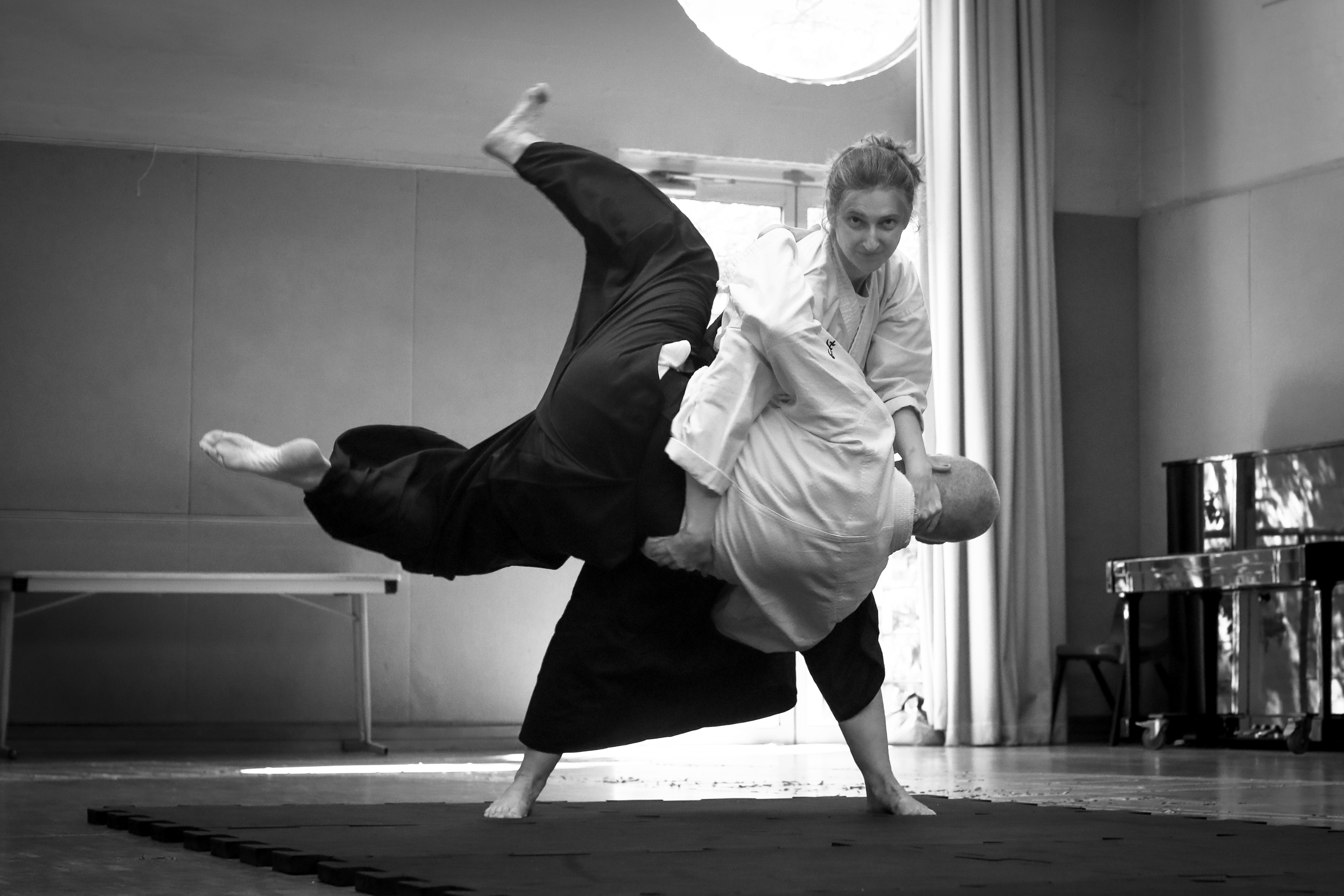 I admit it. I have been mystified by the IS practice methodologies for quite a while now. However, much as I did with my Ki training in Shin Shin Toitsu in the ’90s, I’ve put that aside to follow the pedagogy in the hope of finding out more through doing. It proved helpful in the Ki Society, where eventually I found enough physical basis for some of the exercises (such as unbendable arm and unraisable body) that I could resolve the internal dialogue and also practice with a purpose that resonated more strongly with me.
I admit it. I have been mystified by the IS practice methodologies for quite a while now. However, much as I did with my Ki training in Shin Shin Toitsu in the ’90s, I’ve put that aside to follow the pedagogy in the hope of finding out more through doing. It proved helpful in the Ki Society, where eventually I found enough physical basis for some of the exercises (such as unbendable arm and unraisable body) that I could resolve the internal dialogue and also practice with a purpose that resonated more strongly with me.
Following the emerging literature on the fascia and the labelled ‘anatomy trains’, it was kind of making sense, but the purpose of the winding, pulling silk etc… was a big part of the mystery (and frankly still is). It took some prodding from Aran Bright on the subject of developing tension for another little penny to drop and Steve Seymour’s insights and use of other paradigms to explore IS
As near as I can understand, we have a skeletal structure (which is just a kind of fascia with minerals attached), some muscles to move it around, and then a kind of exoskeleton made up of the fascia surrounding it.
The Penny dropped on the ‘exo-skeleton’ (which is not a great choice of a word) is maybe a balloon man/ suit (as coined used by researchers such as Sigman and others) created by the fascia.
Anyways I saw this image in “Low back disorders” by McGill as a model of the back
which looked a lot like, and the next step, but much better than my toppling work’s own http://www.aikidorepublic.com/internal-strength/02stabilitygrounding
and then seeing this image in this article and structural mechanics analogies that Michael Nash found http://www.intensiondesigns.com/bones_of_tensegrity.html
A chat with Sunter san, suggests exo-skeleton is not a great word as this implies ‘strength and rigidity’ maybe there is a better word that describes it as a flexible thing.
Conditioning the fascia by straining it appears to be the purpose of ‘pulling silk’ giving rise to mental models like the ‘balloon man’ and ‘the suit’.
Some scientific researchers talk about a sweet spot of strain (5-10% depending who you ask) being optimal, and from what I know of tendon research (with some involvement in this professionally), I can see that some strain is important for growth and healing, but too much causes damage and too little is just a waste of time.
Therefore, doing reps of straining the fascia through ballooning,skin breathing, pulling silk and so on, appear to be methods of developing just this conditioning. Once the exoskeletal structure is built and in place, you still need to be able to move, so winding and bows and similar exercises allow the muscles to move freely beneath the exoskeleton, so we can have our structure and use it too (Marie Antoinette would be proud).
Next up, the IS exercises of bowing and using the qua and Tanden (Dan Tien) teach us how to move properly while maintaining the structure, thus providing a way to apply it in a martial context.
Looking back on the exercise set given to our school by Okajima sensei, I see now the role of breathing (as a means to co-ordinate the strain of the fascia), the movements of the body (as bowing and Kua coordination), together with the Tanden ball exercises, the ground connection exercises (source of infinite power) and balance sensitivity exercises. What a terrific set of exercises, given context by IS training methodologies and meaning from the sciences.
Is it a complete picture? No way. But it’s an incremental step forward in intentionality in incorporating the exercises in our practise and validates our trust that the solo training, as a means of body conditioning and coordination development, can and will yield results in good time.
Of course understanding ain’t doing…but its a start for this keyboard aspirant 😉
Domo arigato teachers, friends and colleagues on the path. Dare to dream, dare to question, but above all, give voice and dare to collaborate and rediscover the source !




3 comments for “Another penny drops in IS training”